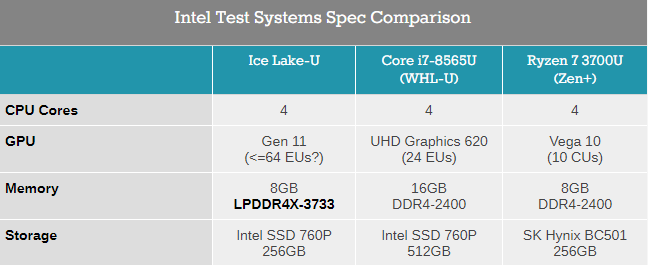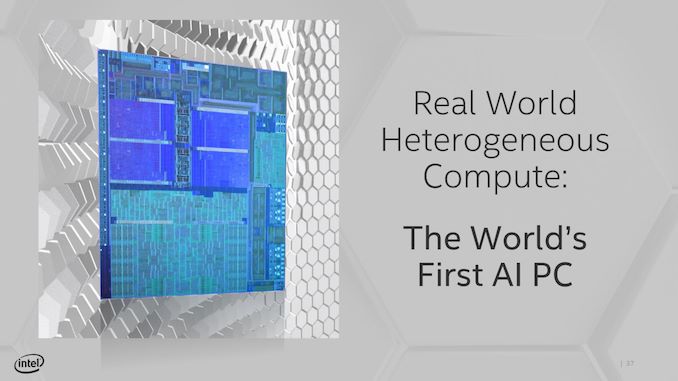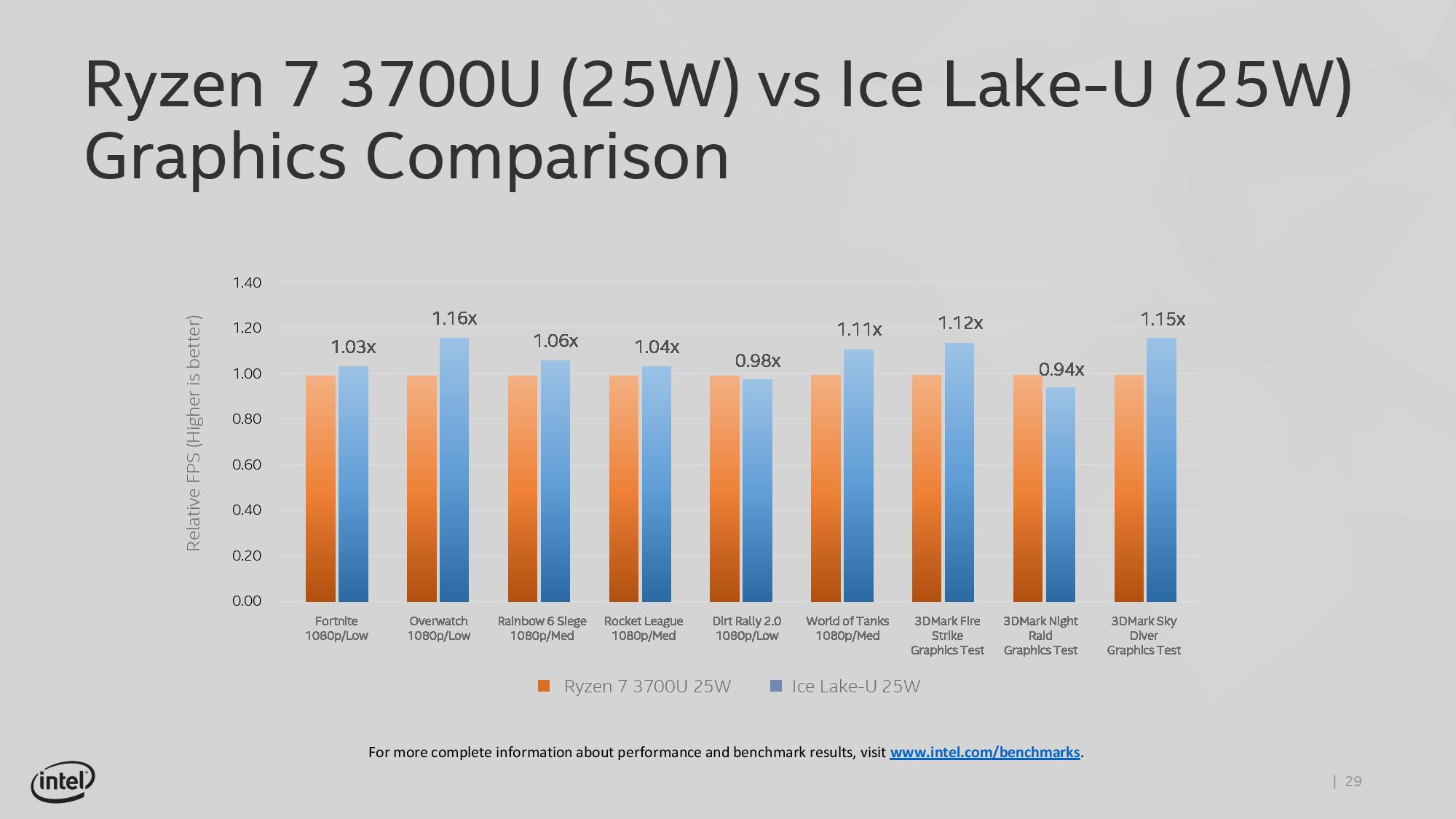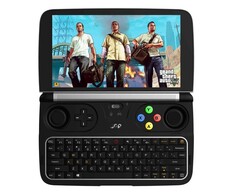D
Deleted member 13524
Guest
I like the concept of Smach-Z a lot more (and its 15W Raven Ridge should be some >4x faster in games than a Core m3).
Plus, their prices are really similar too.
Of course, the GPD Win 2 is an actual product and the Smach-Z is vaporware so far
Plus, their prices are really similar too.
Of course, the GPD Win 2 is an actual product and the Smach-Z is vaporware so far






